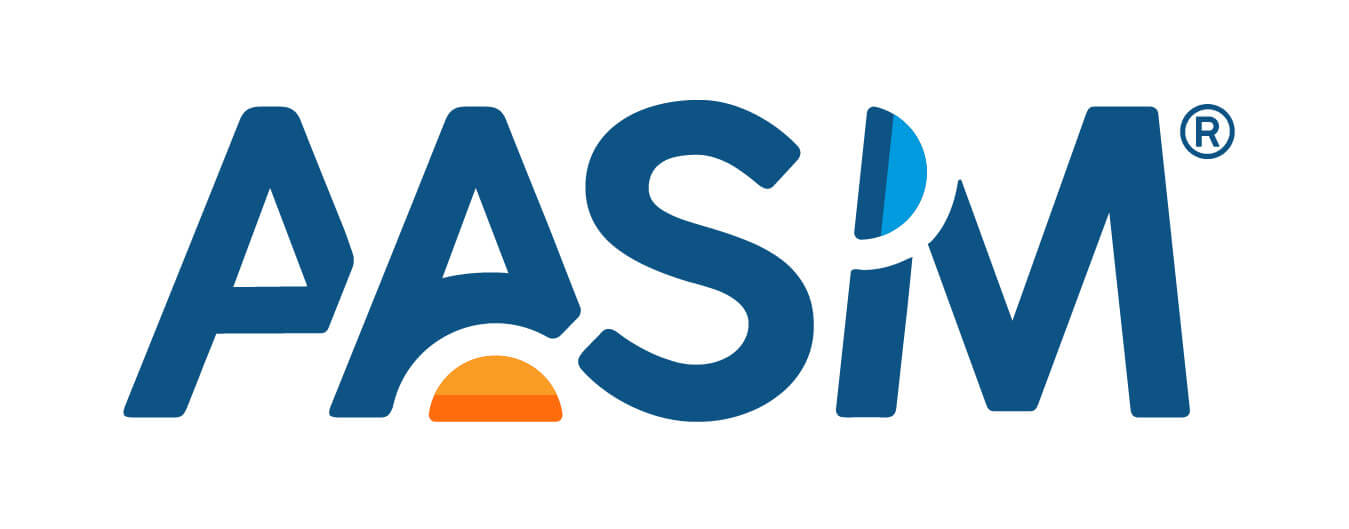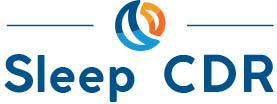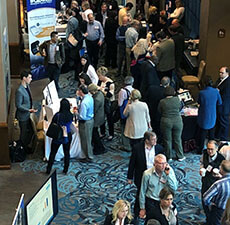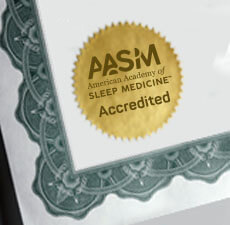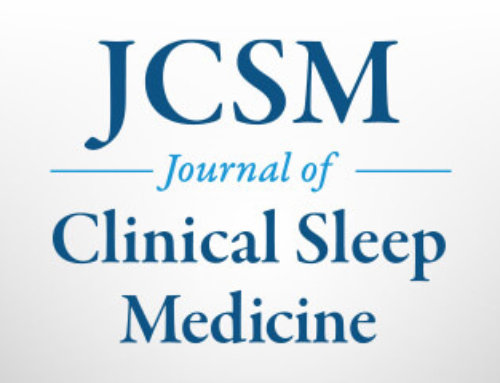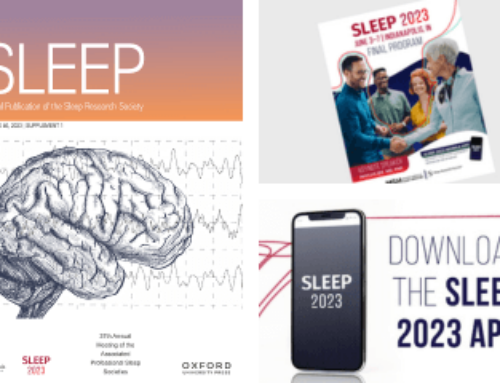WESTCHESTER, Ill. – Children with obstructive sleep apnea (OSA) have abnormal respiratory-related evoked potentials compared to other children their age. This indicates that children with OSA do not perceive their airway closing to the same degree that normal children do, and may explain why these children do not mount protective responses to upper airway collapse, but instead go on to develop OSA, according to a study published in the March 1 issue of the journal SLEEP.
The study, led by Jingtao Huang, PhD, of Children’s Hospital of Philadelphia at the University of Pennsylvania, focused on nine children with OSAS and 12 normal controls.
The innovative technique of respiratory-related evoked potentials was used to test upper airway perception in children with OSA. With this technique, inspiration is blocked for a fraction of a second, and the brainwave response to this occlusion is analyzed.
“Normal children have certain protective neurologic responses which prevent OSA,” said Carole L. Marcus, MBBCh, of Children’s Hospital of Philadelphia, senior author of the study. “These include increasing their airway muscle tone in response to negative pressure, and arousing in response to a breathing load or high carbon dioxide levels. Children with OSA have blunted protective responses. They have been shown to have abnormal upper airway reflexes during sleep. Children with OSA have also been shown to have a blunted arousal response to respiratory stimuli compared to normal children, despite having normal arousals to non-respiratory stimuli.”
OSA is a sleep-related breathing disorder that causes your body to stop breathing during sleep. OSA occurs when the tissue in the back of the throat collapses and blocks the airway. This keeps air from getting into the lungs.
OSA is common in children, occurring in about two percent of young children. It can result in high blood pressure, heart problems, poor growth, and behavioral and learning abnormalities. Although OSA is common in children and can result in serious medical problems, the cause is not fully understood. Most children with OSA either have large tonsils and adenoids or are obese. However, many normal children without OSA also have large tonsils or are overweight. Furthermore, because children with OSA do not have any breathing problems when they are awake, it is thought that, for OSA to occur, subtle neurologic abnormalities must be present in addition to anatomic abnormalities.
It is recommended that children in pre-school sleep between 11-13 hours a night and school-aged children between 10-11 hours of sleep a night.
The American Academy of Sleep Medicine (AASM) offers some tips to help your child sleep better:
- Follow a consistent bedtime routine. Set aside 10 to 30 minutes to get your child ready to go to sleep each night.
- Establish a relaxing setting at bedtime.
- Interact with your child at bedtime. Don’t let the TV, computer or video games take your place.
- Keep your children from TV programs, movies, and video games that are not right for their age.
- Do not let your child fall asleep while being held, rocked, fed a bottle, or while nursing.
- At bedtime, do not allow your child to have foods or drinks that contain caffeine. This includes chocolate and sodas. Try not to give him or her any medicine that has a stimulant at bedtime. This includes cough medicines and decongestants.
It is important to make sure that your child gets enough sleep and sleeps well. The value of sleep can be measured by your child’s smiling face, happy nature and natural energy. A tired child may have development or behavior problems. A child’s sleep problems can also cause unnecessary stress for you and the other members of your family.
Parents who suspect that their children might be suffering from OSA, or another sleep disorder, are encouraged to consult with their child’s pediatrician or a sleep specialist.
SLEEP is the official journal of the Associated Professional Sleep Societies, LLC, a joint venture of the AASM and the Sleep Research Society.
SleepEducation.com, a patient education Web site created by the AASM, provides information about various sleep disorders, the forms of treatment available, recent news on the topic of sleep, sleep studies that have been conducted and a listing of sleep facilities.
For a copy of this article entitled, “Cortical Processing of Respiratory Afferent Stimuli During Sleep in Children with the Obstructive Sleep Apnea Syndrome,” or to arrange an interview with an AASM spokesperson regarding this study, please contact Jim Arcuri, public relations coordinator, at (708) 492-0930, ext. 9317, or
jarcuri@aasm.org.
# # #
